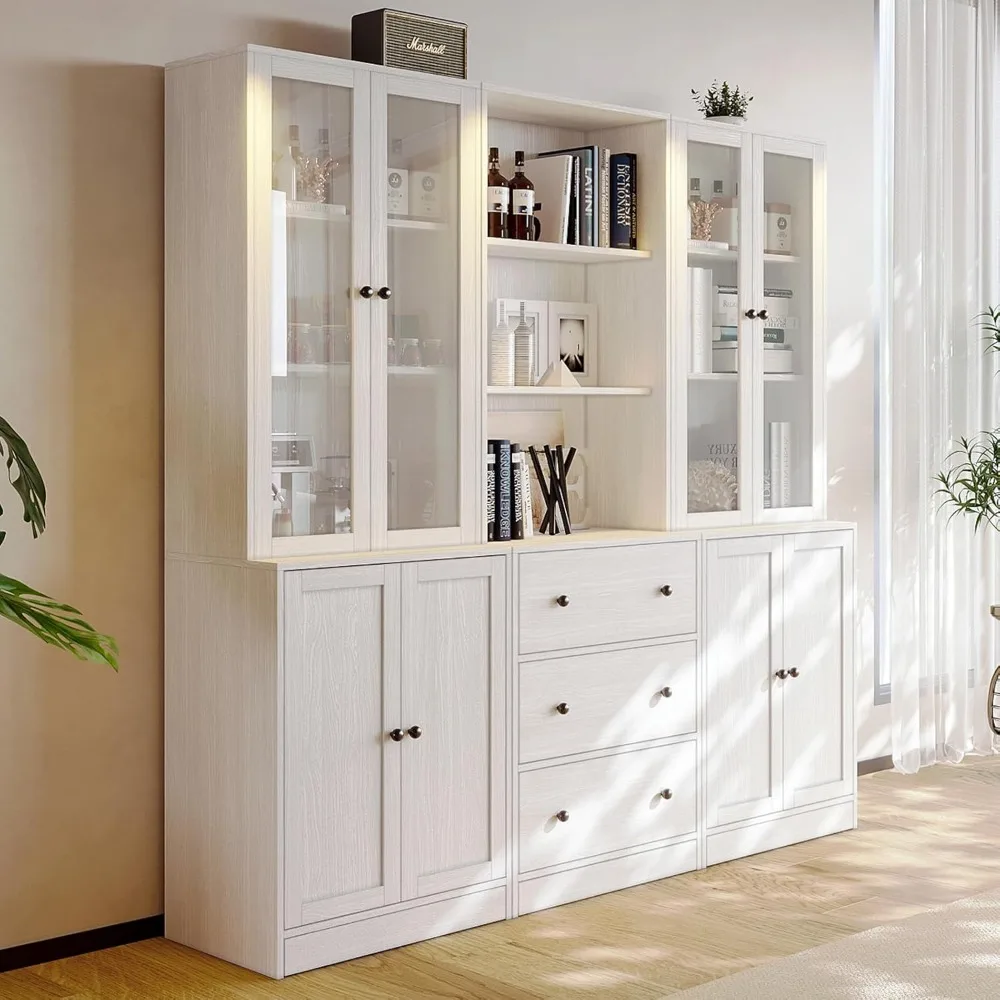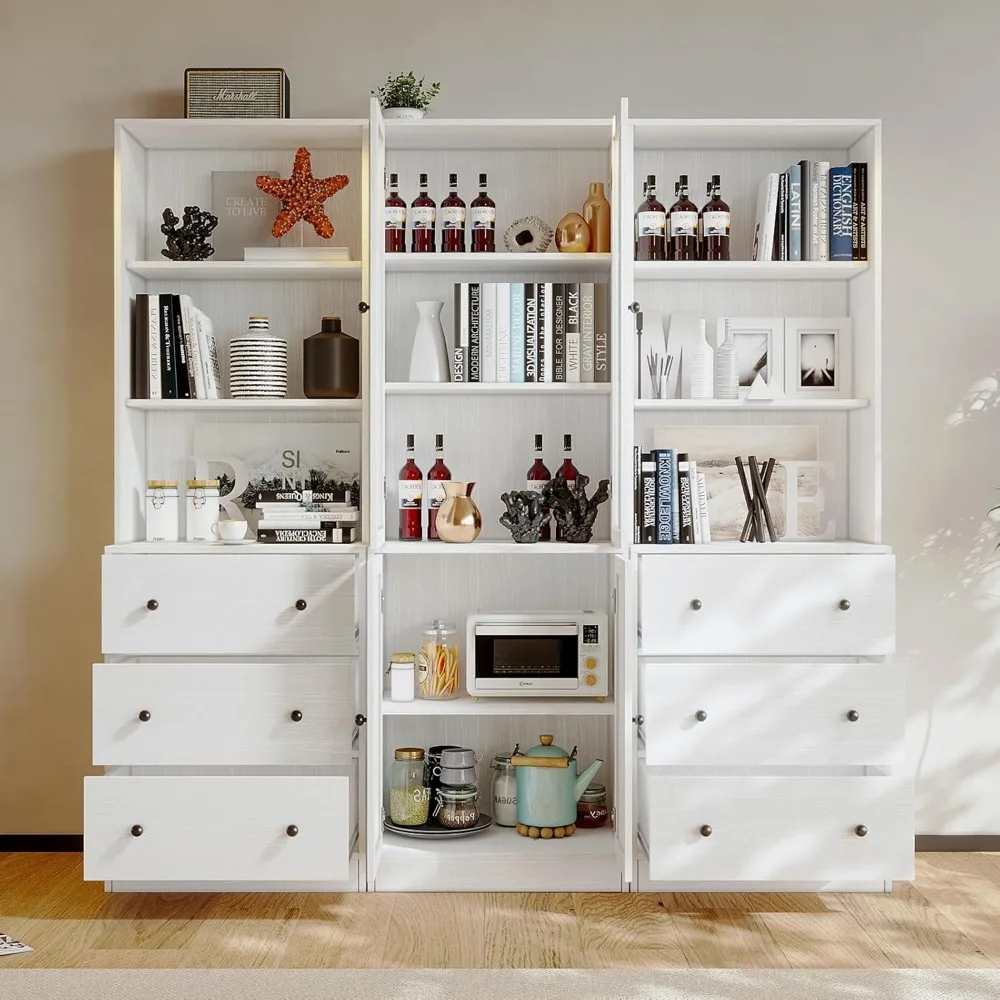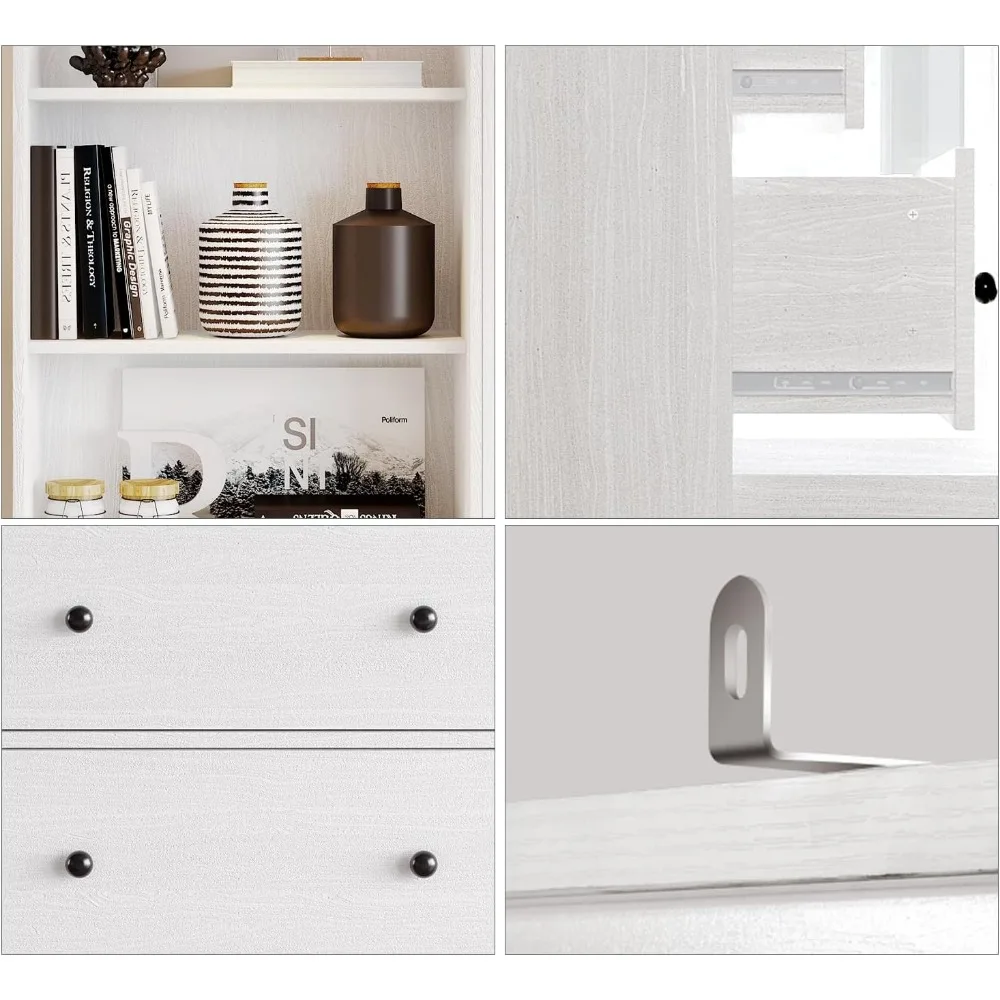Introduction: The Cartographic Conundrum
In the age of digital mapping and GPS navigation, the allure of tangible maps hasn’t faded. Maps, whether historical, geographical, or topographical, hold a timeless charm and irreplaceable value for researchers, collectors, and enthusiasts alike. However, managing a vast collection of maps can quickly turn into a logistical nightmare without a proper storage system. Enter map filing cabinets—your solution to organizing the world, one drawer at a time. This guide explores the importance of efficient map storage, the features to consider when choosing a cabinet, and practical tips for organizing your cartographic treasures.
Why Map Filing Cabinets Matter
Preserving Historical Treasure
Maps are more than just navigational aids; they are records of history, culture, and human exploration. Proper storage in filing cabinets shields them from environmental damage like humidity, sunlight, and pests, ensuring these valuable documents survive for generations.
Efficient Access for Research
For scholars, historians, and professionals in various fields, quick access to specific maps is crucial. A well-organized filing cabinet system speeds up research, allowing users to locate maps promptly and effortlessly.
Space Optimization
Map collections can be extensive, requiring considerable storage space. Filing cabinets maximize vertical space utilization, freeing up floor area and maintaining a clutter-free environment.

Key Features to Look for in Map Filing Cabinets
Durability and Material
Opt for cabinets made from sturdy materials like steel or heavy-duty wood, which can withstand the weight of numerous maps and resist wear over time. Ensure the finish is resistant to corrosion and moisture to protect the contents.
Adjustable Drawers and Compartments
Given the varying sizes of maps, adjustable drawers and compartments are a must. This feature allows you to customize the space to accommodate maps of different dimensions, ensuring efficient use of every inch.
Locking Mechanisms
Security is paramount, especially for rare or valuable maps. Cabinets with reliable locking systems protect against unauthorized access and theft.
Environmental Control
Look for cabinets with built-in mechanisms or compatibility with external systems for controlling temperature and humidity. Consistent environmental conditions are vital for preserving maps’ integrity.
Mobility Options
Consider cabinets with casters for easy movement, particularly if you anticipate rearranging your workspace or need to access the rear of cabinets frequently.
Practical Tips for Organizing Map Filing Cabinets
Categorization System
Develop a logical categorization system based on your collection’s specifics. Common methods include alphabetical by location, chronological by map age, or thematic by map type (e.g., topographical, nautical, urban plans).
Labeling for Easy Identification
Each drawer and, if possible, each compartment should be clearly labeled. Use acid-free stickers or tags to avoid damaging the maps. Include brief descriptions to facilitate quick identification.
Protective Enclosures
Before placing maps in the cabinet, ensure they are properly protected. Archival-quality folders, sleeves, or envelopes shield maps from dust, light, and handling damage.
Inventory Management
Maintain a detailed inventory of your collection, either digitally or in a bound logbook. Include information like map title, drawer location, date acquired, and any relevant notes. Regular updates keep the inventory current and valuable for insurance purposes.
Rotation and Inspection Schedule
Establish a regular schedule for inspecting maps, rotating their positions within the cabinet to distribute weight evenly, and checking for signs of damage or decay. Early detection can prevent further deterioration.
Digital Integration
While physical storage is vital, consider digitizing portions of your collection for accessibility and backup. Scanned maps can be cataloged electronically, allowing for remote access and safeguarding against loss.

Case Studies: Successful Map Cabinet Implementations
Archival Institutions
Libraries and archives around the world rely on specialized map filing cabinets to manage their extensive collections. The British Library, for example, houses millions of maps in carefully controlled environments, demonstrating the effectiveness of such systems on a grand scale.
Professional Settings
In urban planning offices and geological survey bureaus, detailed topographical and zoning maps are critical. Customized filing cabinets ensure these maps are readily available for reference and planning purposes, supporting informed decision-making.
Private Collections
Enthusiasts with personal map collections have also found success using filing cabinets to organize their treasures. Whether it’s a hobbyist’s collection of antique maps or a modern explorer’s compilation of hiking trails, a well-structured cabinet system keeps passions organized and accessible.
Innovative Approaches to Map Storage and Display
Combining Functionality with Aesthetics
In recent years, there’s been a growing trend to integrate map storage solutions seamlessly into living and working spaces, not just for practicality but also as decorative elements. Glass-door cabinets, for instance, not only keep maps secure but also showcase select pieces, turning them into conversation starters or artistic focal points.
Vertical Wall Storage Systems
For those short on floor space, vertical wall-mounted map storage systems offer an innovative solution. These systems often incorporate a rail or track with hooks or hangers, allowing maps to be rolled and suspended, easily accessible yet out of the way. It’s an excellent option for studios, small offices, or apartments where every square foot counts.
Digitally Enhanced Physical Storage
Advancements in technology now permit a harmonious blend of traditional and digital storage methods. Smart cabinets equipped with sensors can link to digital inventory systems, automatically updating the database when a map is added or removed. This hybrid approach streamlines management and retrieval processes, enhancing the overall user experience.
Interactive Map Walls
Taking the concept of display a step further, interactive map walls transform spaces into immersive learning environments. Large touch screens or projection systems display digitized maps, allowing users to zoom, pan, and interact with cartographic data. Adjacent physical filing cabinets can house the original maps or supplementary materials, merging the best of both worlds.
Adapting to Evolving Needs
As map collections grow and diversify, so too must storage solutions. Modular cabinet systems that can be easily expanded or reconfigured to accommodate new acquisitions or changing spatial requirements have gained popularity. This flexibility ensures that whether you’re a seasoned collector or just starting, your storage can evolve alongside your interests.
Sustainability and Eco-Friendly Options
Sustainability considerations are increasingly influencing purchasing decisions, including in the realm of map storage. Eco-friendly cabinets made from recycled or renewable materials, finished with non-toxic coatings, contribute to a greener approach to archiving. Moreover, prioritizing durability and repairability over disposability ensures cabinets have a longer lifespan, reducing waste in the long run.
Community Engagement and Collaboration
Public institutions and map societies are exploring collaborative approaches to map storage and access. Shared facilities equipped with advanced filing systems not only conserve resources but also foster a sense of community among map enthusiasts. Joint digitization projects and online platforms enable wider public engagement, democratizing access to cartographic treasures.

Educational Integration: Learning Beyond Books
Educational institutions from schools to universities are incorporating advanced map storage and display solutions into their curriculum. Classrooms and libraries are equipped with interactive map stations that not only store physical maps but also connect students to digital resources, such as historical map overlays and GIS data. These integrated systems facilitate experiential learning, allowing students to engage actively with geographic concepts and historical contexts.
Conclusion: Mapping Out Order
Map filing cabinets are more than just storage solutions; they are guardians of knowledge and history, enabling the preservation and study of our world’s cartographic heritage. By carefully selecting a cabinet that meets your specific needs and implementing an organized system, you can ensure your collection remains in pristine condition, ready to inspire and inform future explorations. Whether you’re managing an institutional archive or nurturing a personal passion, investing in a map filing cabinet is a significant step towards a world organized—one drawer at a time.


